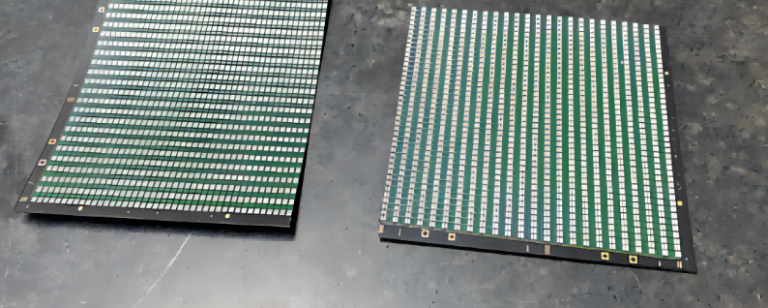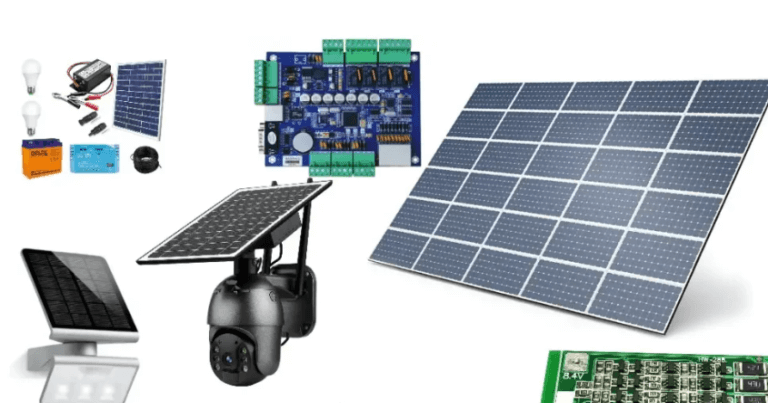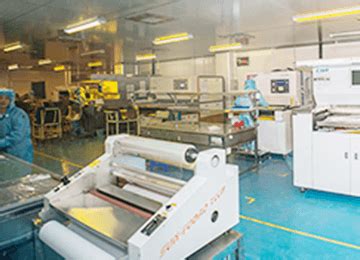Printed Circuit Board Washing Machine: A Comprehensive Guide
Introduction
Printed Circuit Boards (PCBs) are essential components in modern electronics, found in everything from smartphones to industrial machinery. During manufacturing, PCBs undergo various processes such as etching, soldering, and assembly, which often leave behind residues like flux, solder paste, and other contaminants. To ensure optimal performance and longevity, PCBs must be thoroughly cleaned. This is where Printed Circuit Board Washing Machines come into play.
This article explores the importance of PCB washing machines, their types, working principles, key features, benefits, and considerations for selecting the right machine for industrial or laboratory use.
Why PCB Washing is Necessary
After soldering and assembly, PCBs often contain residues that can lead to:
- Electrical Short Circuits – Conductive flux residues can create unintended connections.
- Corrosion – Chemical residues may degrade metal traces over time.
- Poor Adhesion – Contaminants can affect conformal coating or subsequent assembly steps.
- Reduced Reliability – Dirty PCBs are more prone to failure in harsh environments.
A PCB washing machine effectively removes these contaminants, ensuring high-quality, reliable electronic products.
Types of PCB Washing Machines
There are several types of PCB cleaning machines, each suited for different applications:
1. Batch Cleaning Machines
- Ideal for small to medium production volumes.
- PCBs are loaded in batches and cleaned in a closed chamber.
- Commonly used in laboratories and small-scale manufacturing.
2. Inline Cleaning Machines
- Designed for high-volume production lines.
- PCBs move on a conveyor belt through multiple cleaning stages.
- Fully automated, ensuring consistent cleaning quality.
3. Ultrasonic Cleaning Machines
- Uses high-frequency sound waves to remove contaminants.
- Effective for complex PCBs with fine-pitch components.
- Often combined with solvent or water-based cleaning.
4. Aqueous Cleaning Machines
- Uses water-based cleaning agents instead of harsh chemicals.
- Environmentally friendly and safer for operators.
- Requires proper drying to prevent moisture-related issues.
5. Solvent Cleaning Machines
- Uses chemical solvents (e.g., IPA, flux removers) for deep cleaning.
- Faster evaporation compared to aqueous cleaning.
- Requires proper ventilation due to volatile organic compounds (VOCs).
Working Principle of a PCB Washing Machine
A typical PCB washing machine follows these steps:
- Pre-Cleaning (Optional) – Removes loose debris with brushes or air jets.
- Washing Stage – Uses cleaning agents (solvent or aqueous) with spray nozzles or ultrasonic waves.
- Rinsing – Removes residual cleaning agents with deionized (DI) water or a secondary solvent.
- Drying – Uses hot air, vacuum drying, or IR heaters to eliminate moisture.
- Inspection (Optional) – Some machines include automated optical inspection (AOI) for cleanliness verification.

Key Features of Modern PCB Washing Machines
When selecting a PCB washing machine, consider the following features:
1. Cleaning Efficiency
- Adjustable pressure and temperature settings for different contamination levels.
- Multiple spray nozzles for thorough coverage.
2. Automation & Control
- Programmable logic controllers (PLCs) for precise operation.
- Touchscreen interfaces for easy adjustments.
3. Environmental & Safety Compliance
- Closed-loop recycling systems for solvent recovery.
- VOC emission controls for regulatory compliance.
4. Drying Mechanism
- Fast-drying systems to prevent water spots or oxidation.
5. Compatibility with PCB Types
- Supports rigid, flexible, and mixed PCBs without damage.
Benefits of Using a PCB Washing Machine
- Improved Product Reliability – Reduces failure rates due to contamination.
- Enhanced Performance – Ensures proper functioning of high-frequency circuits.
- Cost Savings – Reduces rework and warranty claims.
- Environmentally Friendly Options – Aqueous cleaning reduces hazardous waste.
- Compliance with Industry Standards – Meets IPC, ISO, and MIL-STD requirements.

How to Choose the Right PCB Washing Machine
Consider the following factors:
- Production Volume – Batch vs. inline systems.
- Type of Contaminants – Solvent vs. aqueous cleaning.
- PCB Complexity – Ultrasonic cleaning for fine-pitch components.
- Budget – High-end machines offer automation but at a higher cost.
- Maintenance Requirements – Ease of cleaning and part replacement.
Conclusion
Printed Circuit Board Washing Machines play a crucial role in electronics manufacturing by ensuring that PCBs are free from contaminants that could impair functionality. With various types available—ranging from batch cleaners to fully automated inline systems—manufacturers can choose a solution that fits their production needs.
Investing in a high-quality PCB washing machine enhances product reliability, reduces defects, and complies with industry standards. As electronics continue to evolve, advanced cleaning technologies will remain essential for producing high-performance, long-lasting PCBs.
This article provides a detailed overview of PCB washing machines, covering their importance, types, working principles, and selection criteria. If you need further customization or additional sections, feel free to ask!







